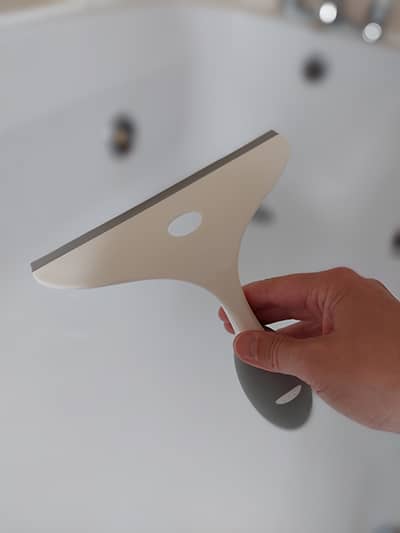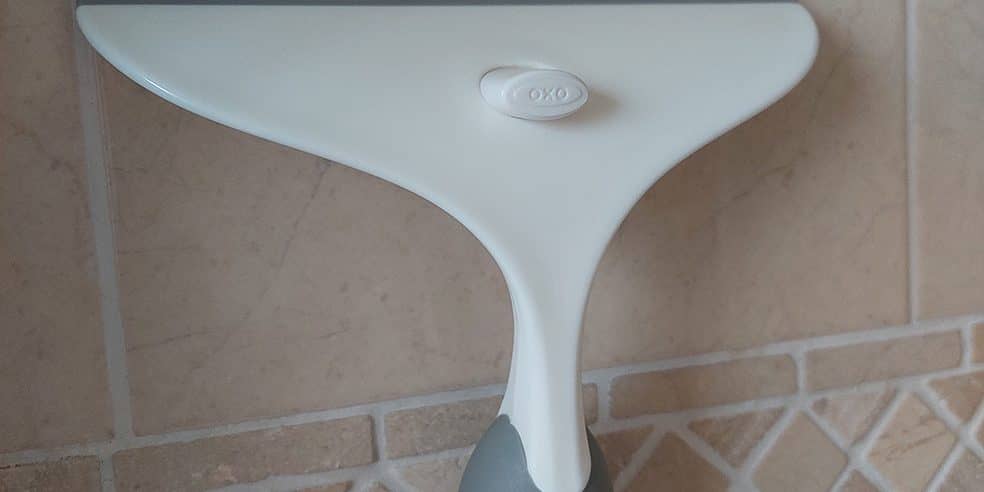A good shower is often more invigorating, quicker, and effective than a bath, so it’s a great way to start the day. However, leaky showers are a common complaint within the plumbing world that are not only a nuisance for homeowners but can also lead to costly fixes if they are left to fester and worsen.
Oliver Osmore, Managing Director at Maintracts Services, addresses some of the most common causes of leaks from a shower installation and their solutions/preventions.

Common causes of shower leaks
There are many potential reasons a shower can leak, but the 4 most common causes of shower leaks are:
Silicone seals
Silicone is often used as a sealant in bathrooms and showers because of its waterproof and flexible properties. However, if not applied or maintained correctly, leaks can develop. Aside from incorrect installation, silicone shower leaks can stem from aging due to moisture and temperature shifts, and mould growth. These factors can create gaps that compromise the seal.
Harsh cleaning agents wear down silicone, while building movement stresses it, leading to detachment and leaks. Poor adhesion and low-quality silicone exacerbate the issue. Regular maintenance is vital, as negligence speeds up degradation.
Tiling
Tiling leaks in showers arise from several causes. Incorrect tile installation, degraded grout, and inadequate waterproofing can all permit water infiltration. Tile movement caused by the building settling can crack grout or dislodge tiles, creating paths for water. Insufficient tile adhesive and incorrect drainage slope can also contribute. Cracked tiles and poor maintenance further weaken defences against leaks.
Grouting
Grout leaks in showers stem from factors like degradation over time, inadequate sealing, incorrect mixing, poor application, and structural shifts. Aggressive cleaning, temperature changes, and neglecting upkeep worsen the issue.
Waste assembly/pipework
Waste assembly and pipework leaks in showers can result from incorrect installation, such as gaps or poor sealing, which can allow water to escape. Wear and tear, including degraded seals and loose connections, are common leak culprits as well, not to mention corrosion in metal pipes and high-water pressure. These can weaken connections and cause leaks too.
Clogs and blockages, as well as chemical exposure, can strain pipework and lead to leaks. A lack of maintenance can worsen minor issues, contributing to larger leaks.”
How to prevent shower leaks
The easiest and most efficient way to prevent your shower from leaking is maintenance. Keeping the shower clean and dry will keep a host of problems at bay.
Proper installation, using quality sealants and materials, and regular cleaning and upkeep are also great preventative measures.
Here are a few other useful tips for avoiding shower leaks:
- Avoid having lots of clutter inside the shower. Storing lotions and potions around the edge of the shower tray can trap water and stop the shower from drying out completely. Use a shower caddy to put your shower bits and bobs in if you can and try not to overcrowd it because even that can cause damp to accumulate behind it.
- Use a Squeegee and dry the shower unit and walls after use. Further dry with a cloth if you have time. If the shower area isn’t allowed to dry, then it will cause mould to build up on your silicone seals and over time they will start to rot. When they fail, the water will get behind the seals and then seep behind the tiles to cause further damage. The process will continue to snowball. It may seem excessive but 9 out of 10 showers we visit as plumbers show signs of mould, leaks, and damage due to ineffective cleaning and drying. Using a Squeegee after using the shower is a great way to get rid of the water and prevent these sorts of problems.
If you are thinking of getting a Squeegee, I always recommend the OXO brand and I would advise getting a plastic one, rather than a metal variety, because some metal Squeegees are heavy and if it falls into the shower tray, it could cause damage. They are reasonably priced – you can normally pick one up for around £10 (UK) from Amazon or big home stores such as Lakeland.

A Squeegee is a good investment. Long term it saves you having to clean the mould from your tiles and silicone seals and even your glass shower door which can accumulate limescale very quickly. Your entire shower unit will stay in better condition and enjoy a longer life span.
- Leave the door open after you have finished using the shower and open the window to let the room ventilate. It is a similar principle to stopping mould build-up in your bathroom – ventilate the room, keep the area dry, keep the area warm (so if you have got a radiator in your shower room, make sure the radiator comes on when the heating comes on) so you are not creating a cold, damp atmosphere.
- Check the waste assembly is not loose.
- Check the waste pipe is clear and not blocked. If the waste pipe is blocked and the water is rising in the drain when you are taking a shower (you find yourself standing in a few inches of water) that can obviously cause a leak. A good preventative measure would be to get a hair guard (sometimes referred to as a hair catcher).I would recommend the OXO brand of hair guards – little metal plates with lots of tiny holes in. It has a rubberised outer ring which holds it in position over the top of the shower waste. It is very effective at just trapping hair and it means that every couple of days, or once a week, you can just take it off, and easily remove the hair from it and dispose of it in the toilet or bin. It prevents the hair from going into the trap and blocking it.
- Address issues promptly. Regular inspections of your shower and surrounding area will help you notice tell-tale symptoms of leaks such as cracks, leaks from the actual shower valve, or a dripping shower head. It is crucial not to leave these. Get them checked out by a professional straight away as there could be something more serious that needs attention. This is particularly true if you have got a concealed valve where you only see the handles protruding from the wall whilst the body of the valve and all the pipework and connections are housed inside the wall. Obviously, if something was leaking behind the scenes, you wouldn’t necessarily see the extent of the problem immediately, so it’s important to be aware of, and look out for small warning signs.
If you are seeking professional help for leak detection or repair, remember that the Maintracts team are always on hand to help and advice. Check out our customer reviews and the areas we cover for more reassurance on our work.

